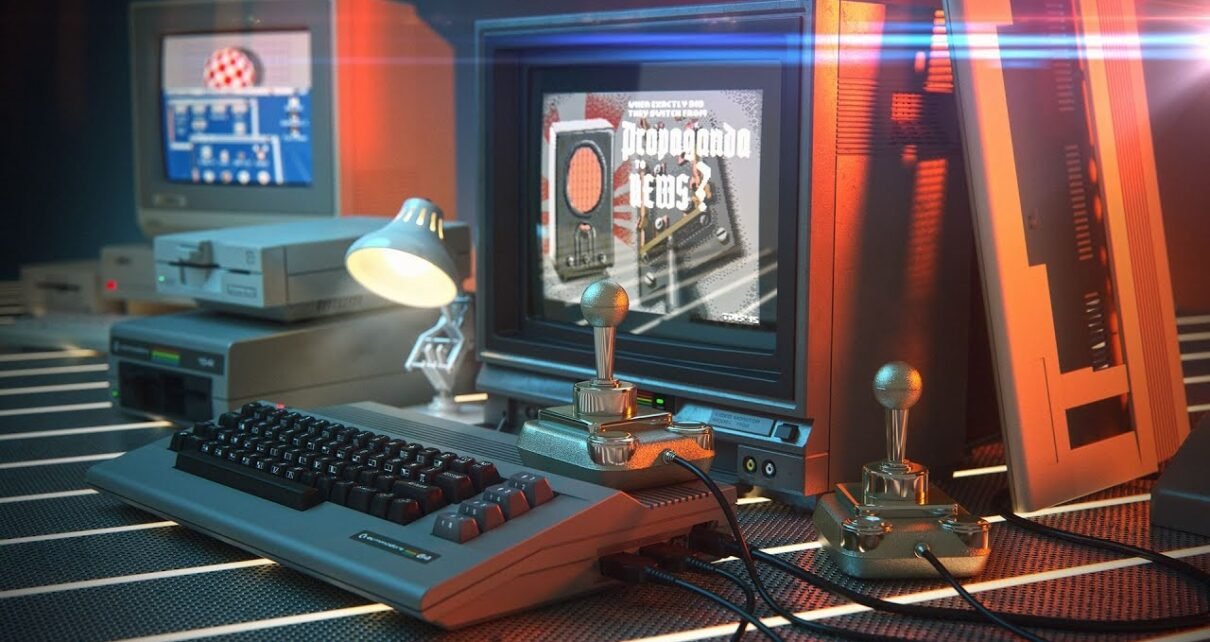Game Preservation Video games have become an essential component of contemporary culture, impacting the entertainment sector and the arts, education, and interpersonal relationships. Over the past few decades, video games have developed from basic pixelated graphics and little player contact to vast virtual worlds with intricate storylines and substantial user involvement. But while this transformation has happened, many older games risk being lost to time because of hardware fragility, lack of preservation efforts, and technical obsolescence.
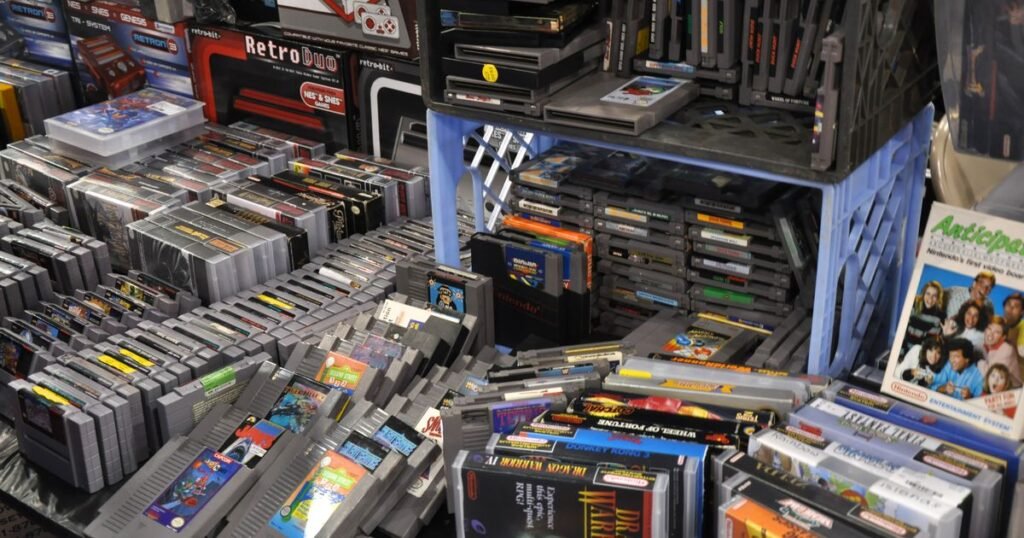
The Origins of Video Games: A Brief History
Before exploring the nuances of game conservation, it’s critical to comprehend the beginnings and swift development of video games. Interactive media projects preceded this, including the 1962 computer game Spacewar!, created at MIT, which was a space battle simulation.
With the release of 16-bit systems such as the Sega Genesis and the Super Nintendo Entertainment System (SNES) and the growing popularity of personal computers as gaming platforms, the industry started to mature as the 1990s drew near. The transition from 2D to 3D graphics occurred in the early 2000s, bringing with it games like Halo: Combat Evolved (2001), Super Mario 64 (1996), and The Legend of Zelda: Ocarina of Time (1998). These titles redefined genres and set new standards for immersion and interactivity.
Why Game Preservation Matters
Cultural and Historical Significance
Video games are objects of culture. Similar to books, music, films, and other forms of art, they are products of their respective eras and locations. Because of the technological restrictions of the era, early video game developers had to be creative in order to create unique gameplay experiences that are frequently unrepeatable today. For example, the retro-futuristic 1950s style of Fallout (1997) or the dystopian future shown in Half-Life 2 (2004) might shed light on the societal concerns and imaginative ideas of their respective times.
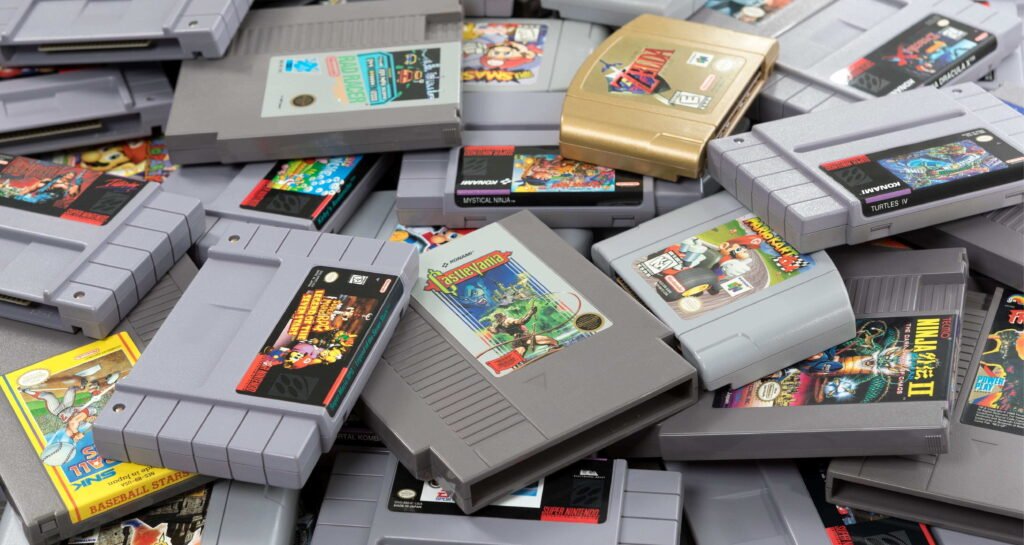
The Challenges of Game Preservation
Hardware Degradation and Obsolescence
The physical deterioration of the original gear used to play video games is one of the main obstacles to their preservation. Disk drives break, capacitors leak and plastic casings corrode with time.
Software Licensing and Legal Issues
The problem of software licensing and intellectual property rights is another significant obstacle to the preservation of video games. Complex legal agreements, such as those about music, and character. It gets harder to lawfully re-release or preserve the game when these licenses expire without breaking copyright laws.
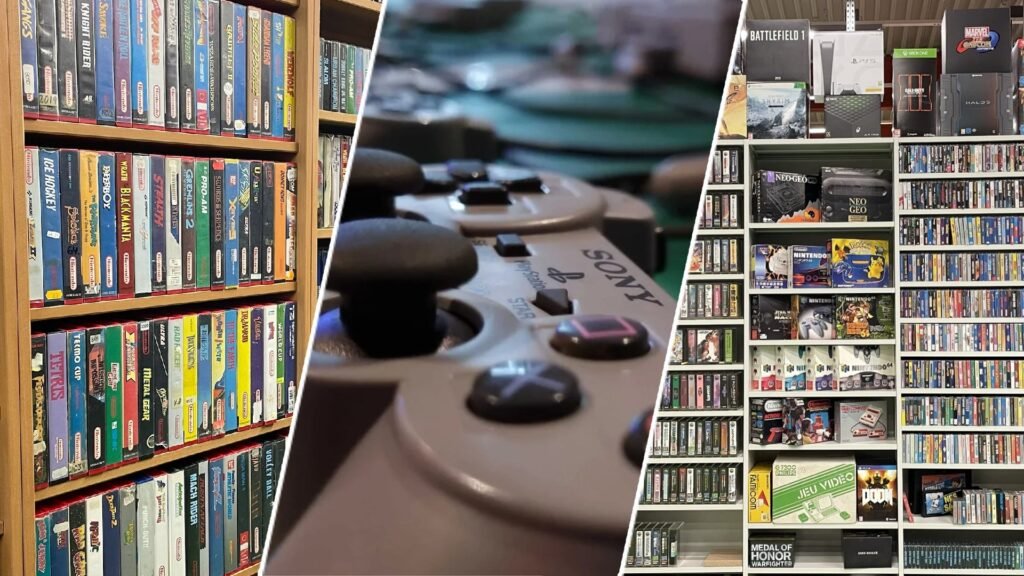
The Role of Retro Gaming in Game Preservation
Emulation
Emulation is one of the most vital instruments in the preservationist’s toolbox. Through the use of emulators, which are computer programs that simulate the actions of antiquated hardware, gamers may run games from those systems on more recent consoles or PCs. Players can enjoy classic games without having to search for rare and costly vintage systems by simulating the original hardware.
Games from platforms that their original makers no longer support have been preserved thanks in large part to emulators. For instance, it is simple to replicate systems such as the NES, and SNES.
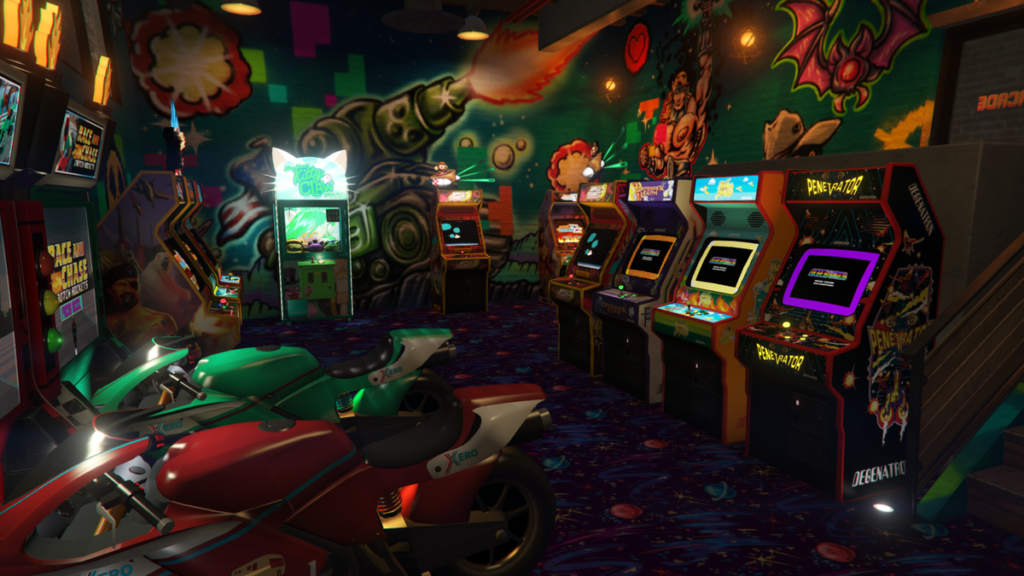
Conclusion
More than just a sentimental attempt to revisit early years, game preservation is a vital undertaking to protect a vital component of our cultural and technological past. From straightforward hobbies to intricate, multidimensional pieces of art and technology that capture the spirit of the eras in which they were produced, video games have come a long way. They provide exclusive insights into the development of storytelling, design, and human creativity as an interactive medium.
Not only is game preservation concerned with preserving the past, but it also looks to the future of what has grown to be one of the most influential and absorbing entertainment mediums in human history. By persevering, we may ensure that the narratives, and technological advancements.
FAQs…
What is game preservation?
The practice of preserving video games and the hardware they operate on so that future generations can continue to access and enjoy them is known as game preservation.
Why is game preservation important?
Since video games have a big role in both cultural and technological history, it’s crucial to preserve them. Numerous classic games could be lost to software obsolescence, hardware failure, or legal difficulties if suitable preservation steps aren’t taken.
What are the main challenges of game preservation?
Hardware degradation: Physical consoles, disks, and cartridges deteriorate over time, making it difficult to play older games.
Software obsolescence: Older games may no longer be compatible with modern systems, and outdated formats may become unreadable.
What is emulation, and why is it important for preservation?
Games can run on newer systems through emulation, which is the technique of utilizing software to simulate the behaviour of older hardware. Because it allows games to remain playable even if the original hardware becomes unavailable or outdated, it is an essential tool for game preservation. Emulators make it possible to experience vintage games without requiring the physical systems or media they originally operated on.

